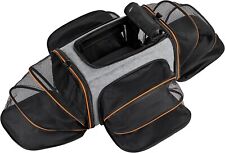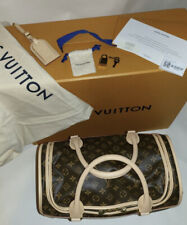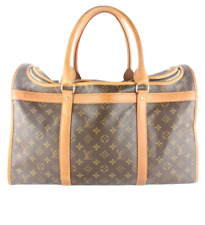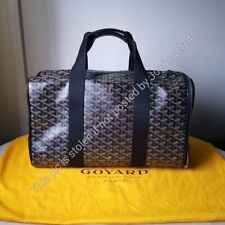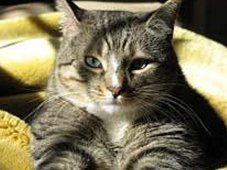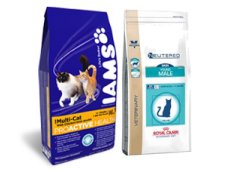The Feline Food Pyramid
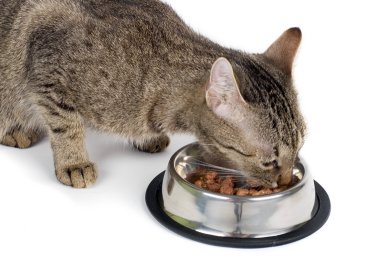
A vegan, Morgan had to do her research to make sure she was getting all the nutrients she needed, and she started with the government’s Food Guide Pyramid. Despite her human nutrition savvy, Morgan feels uncertain about what her seven-year-old calico cats, Mashy and Ruki, need. "I know what balanced nutrition for people looks like, but not so much for cats,” she says. "Are they getting everything they could for optimal health?”
While no federal department oversees kitty consumption, veterinary nutritionists specialize in structuring balanced diets for cats. "The best thing is probably a commercial food with a nutrition claim certified by the Association of American Feed Control Officials, or AAFCO,” says veterinary nutritionist Sally Perea, DVM. AAFCO sets standards and enforcement policies for regulating the manufacture, distribution and sale of animal feeds, including cat food.
Below, with the help of Dr. Perea, we have gone beyond AAFCO statements to construct a four-group Feline Food Pyramid Guide to complement the popular USDA graphic.
Meaty Mainstay
The bottom of the feline food pyramid, the largest part, represents the victuals group your furry friend needs the most – animal protein. Felines are "obligate carnivores,” which means that they must consume meat to get all of the nutrients they need. "At least twenty-five percent of their calories should come from protein,” emphasizes Dr. Perea, who is also an assistant clinical professor at the University of California at Davis School of Veterinary Medicine. She notes that this need separates them from dogs and humans. "Without enough protein, cats break down their own muscle quicker than we would.”
Animal protein also contains preformed Vitamin A, integral to growth as well as maintaining healthy skin and hair. While people and dogs can synthesize A from the beta-carotene in plant pigment, cats cannot. They rely completely on animal sources. "Carrots will not meet their vitamin requirement,” says Dr. Perea.
Finally, in order to avoid heart and eye problems, cats need the amino acid taurine. Cats cannot synthesize taurine from other amino acid precursors. They have to get it straight from animal tissue. Taurine helps your feline to form what are called biliary salts, which are necessary for digestion of fats in your cat’s small intestine. Taurine also supports feline vision, heart function, the nervous system and reproduction.
Fat Cat
While animal protein is the mainstay of the feline food pyramid, your cat also needs animal fat to thrive. Indeed, fat fills the second-largest slot in the pyramid. "A mouse is almost half fat,” points out Dr. Perea, referring to a feline’s diet in the wild. Cats specifically need a fatty substance called arachidonic acid, an Omega-6 fatty acid essential for energy production. This acid is not found in vegetable oils, only in animal fat. Additionally, fish fat provides Omega-3 fatty acid, which may prevent a host of inflammatory conditions that could affect everything from your cat’s arteries to its urinary tract.
Grains Prevent Pains
Grains are second from the top in the feline food pyramid. Cats require less fiber than protein or fat, but they do need it. Carbohydrates are not only an energy source for cats, but they also aid digestive functioning. "Fiber can help with the health of the large intestine,” says Dr. Perea, "It makes for a healthier gastrointestinal tract.”
Fruits and Veggies
While you don’t need to start feeding your cat green salads and fruit cups, you may want to seek out a cat food that contains them, or at least lists the antioxidant Vitamin E found in green leafy vegetables as well as apples, berries and mangos, to name a few. Vitamin E plays a role in the formation and maintenance of cells, and also in the metabolism of fats. Cats benefit from the nutrients in fruits and vegetables, if only in small amounts.
The USDA may not be offering nutritional advice for cats any time soon, but educated cat owners can nevertheless ensure that their four-legged friends get all the nutrients they need. With the right proportions from the right food groups, your pet’s diet will satisfy the feline food pyramid guidelines while satisfying your feline’s hunger, too.


